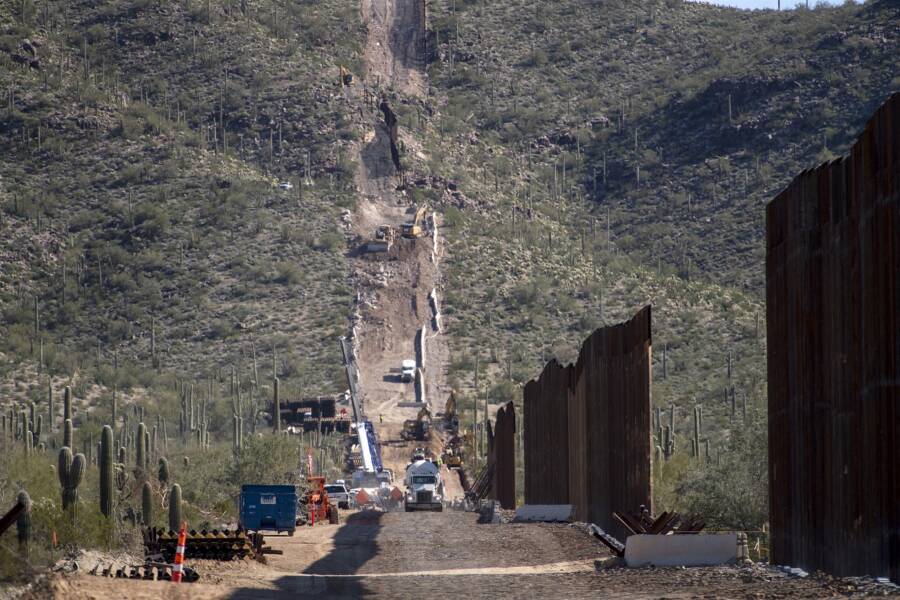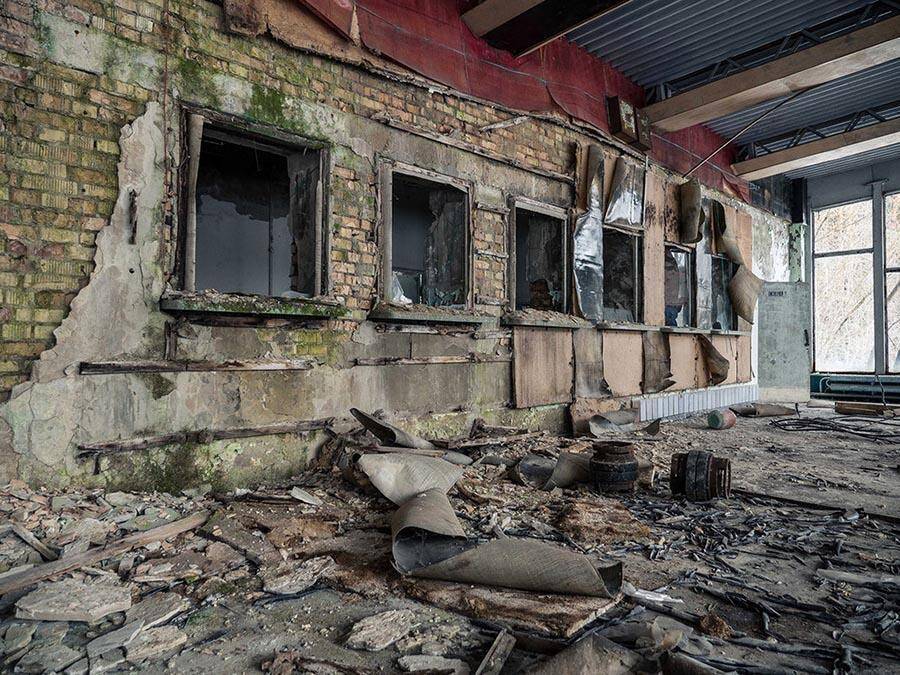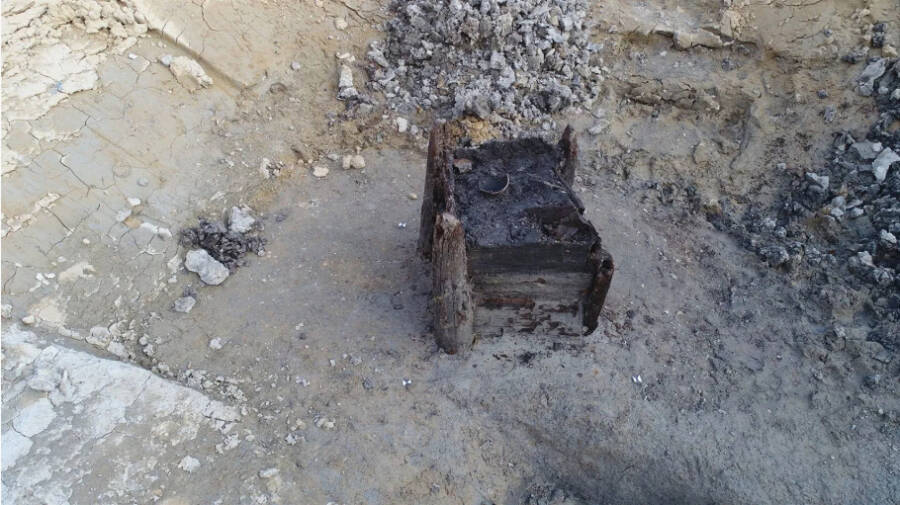Ancient Native American burial ground blown up for border wall construction, radiation-eating fungus found at Chernobyl, 7,000-year-old well unearthed.
Sacred Native American Burial Site In Arizona Demolished To Make Room For U.S.-Mexico Border Wall

Carolyn Van Houten / The Washington Post via Getty ImagesBorder wall construction in progress at Arizona’s Organ Pipe Cactus National Monument in January 2020.
For the past few weeks, workers in Arizona have been blowing up and otherwise demolishing an ancient Native American burial site and monument in order to make room for the U.S.-Mexico border wall. The Organ Pipe Cactus area had been a national monument since 1937 and a UNESCO ecological preserve since 1976 — but now it’ll be lost forever.
“A historically significant area is going to be changed irreparably,” said House Natural Resources Committee Chairman Raul Grijalva. “You’re never going to be able to put it back together.”
Read more at NBC.
Scientists Find Radiation-Eating Fungi At Chernobyl — And Now Seek To Harness Their Power

Getty ImagesSince the Chernobyl nuclear explosion in 1986, species of fungi have been thriving off the radiation in these now-abandoned areas.
Whether it’s an asteroid or an ice age, planet Earth and its lifeforms always seem to find a way to carry on. Recently, scientists found that a few particularly impressive little lifeforms were even able to survive in an environment as harsh as Chernobyl.
The 1986 Chernobyl nuclear disaster remains the worst such incident in recorded history and has killed thousands over the years. Even decades later, radiation in Chernobyl’s surrounding area lingers, but this hot spot has also become a mecca for a certain type of fungi.
Scientists discovered at least 200 species and 98 genera of fungi thriving off radiation at the infamous disaster site.
Learn more here.
Archaeologists Unearth 7,275-Year-Old Well That Might Be Earth’s Oldest Existing Wooden Structure

Archaeological Centre OlomoucThe ancient water-well was discovered in 2018 during construction of the Czech Republic’s D35 highway.
The crumbling wooden water well above certainly doesn’t look impressive, but a tree-ring dating method revealed the oak used to build it is 7,275 years old. That might make it the oldest known wooden structure in the world confirmed using this method.
“According to our findings, based particularly on dendro-chronological data we can say that the tree trunks for the wood used were felled in the years 5255 and 5266 B.C.,” said Jaroslav Peška, head of the Archaeological Centre Olomouc. “The rings on the trunks enable us to give a precise estimate.”
The well was discovered in the town of Ostrov in 2018, during construction on the Czech Republic’s D35 highway.
Dig deeper in this report.





